This article previously appeared on Crossfader
I’m not good at video games. Sure, I can wavedash in SUPER SMASH BROS. MELEE and have landed my share of headshots, but I’ve spent most of my life stumbling through games at normal difficulty or below. Why then, you might ask, did I choose to review CELESTE, the latest entry in the genre of extremely difficult platformers known to fans and detractors as “masocore,” a portmanteau of “masochistic” and “hardcore?” The answer is that I am stupid and easily misled. The game’s pastel pixel art style and reception as The Latest Great Game About Anxiety led me to believe I would be playing a story-heavy walking simulator with platforming elements. Nah, dude. Over the course of 12 hours with CELESTE, I died two thousand eight hundred and four (2804) times. But I won. And in the process, I had one of my favorite gaming experiences in years.
You’ve played a platformer before, right? Jump, wall-jump, some climbing? Word. Oh wait, we’ve got an air dash too. Using these simple tools, CELESTE forces the player to make beautiful music in order to avoid being impaled on spikes, eaten by ghosts, or falling to their death. While the player has limited movement options, each level of CELESTE offers a new “gimmick” which recontextualizes the moveset. In one level, the player has to navigate strong winds that make air dodges the only effective way to move around. In another, the player bounces off trampoline-like clouds, needing to eke out every last piece of momentum to progress through the stage. The levels are paced masterfully, exploring each section’s mechanic and ending just before things start to feel repetitive.
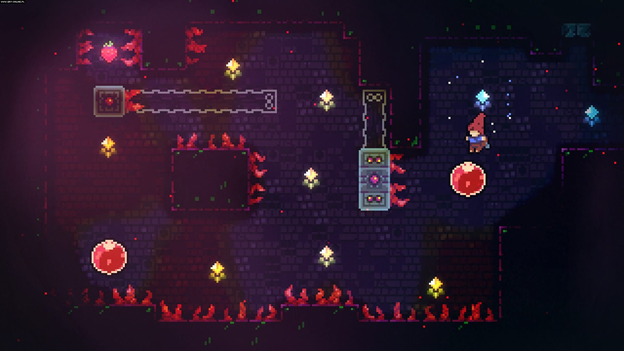
I died here *checks notes* 58 times
The player takes on the role of Madeline, a red-haired woman who feels the need to climb Celeste Mountain. Celeste Mountain is 1) big 2) dangerous 3) haunted? It’s not a great place to be, and the first character Madeline meets openly laughs at her for attempting to climb it. Luckily, the actual game does not mock you, no matter how much you fail. I’ve never felt so supported by a game that was actively trying to murder me. When a loading screen said, “Be proud of your death count! The more you die, the more you’re learning. Keep going!,” I felt encouraged, not condescended to. While some difficult games seem to take glee in killing you, failure in CELESTE feels necessary, a learning experience. In addition to the game’s good attitude towards your repeated deaths, the early levels offer puzzles and jumps that are a bit easier. My death count in the first two levels were only two digits, a low I would never approach again. By that time, CELESTE’s hooks had already burrowed themselves into me, and each death felt like I was getting closer to my goal rather than farther away.
The game also boasts a strong narrative. CELESTE offers its players one of the most nuanced depictions of anxiety and depression I’ve seen in years. Part of Celeste Mountain’s magic is that it allows Madeline’s self-doubt to manifest itself physically. In some sections, a photo negative version of Madeline chases after her, killing her with a single touch. CELESTE extends the same kindness it shows towards its player to Madeline, helping those who themselves might not struggle with anxiety to understand the everyday experience of someone who does. It does this without seeming preachy, either. Many of Madeline’s monologues about her depression are gated behind optional conversations with Theo, a fellow hiker who becomes entangled in Madeleine’s journey.
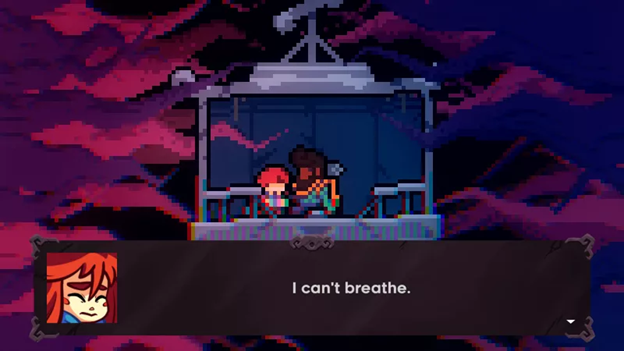
Panic Attack Simulator 2018
CELESTE does all this in a genre that’s not often known for its engaging stories. When I played SUPER MARIO ODYSSEY, I wasn’t (and didn’t expect to be) engaged by a gripping narrative. I was much more worried about how the game allowed me to string jumps together and cleverly hid collectibles. There were times while playing CELESTE that I might have stopped if not for my investment in seeing Madeline overcome her demons. The dual satisfaction from completing a challenging level and simultaneously seeing Madeline progress as a person is a pretty heady brew.
I did have a couple quibbles with CELESTE. While the early levels have a fairly gradual learning curve, some of the later levels’ mechanics weren’t well explained, leading me to smash my head against an impossible jump for 15 minutes before realizing that there was a platform I could have been moving into position to make the jump almost trivial. Furthermore, each level has many branching paths, seeming like an old-school Sonic stage. This usually doesn’t present a problem, but sometimes the game will require you to get a key in order to move on to the next part of the level. Key placings in CELESTE can be frustrating. There were multiple instances where I had to backtrack and go directions that felt unintuitive in order to progress. Additionally, the player’s ending is determined by how many optional collectibles they accrued over the course of the game. I didn’t collect many, and my ending was a bit underwhelming as a result. It was somewhat disheartening to have the game subtly chide me for not getting more collectibles after giving me so much encouragement to get to the mountain’s summit in the first place.
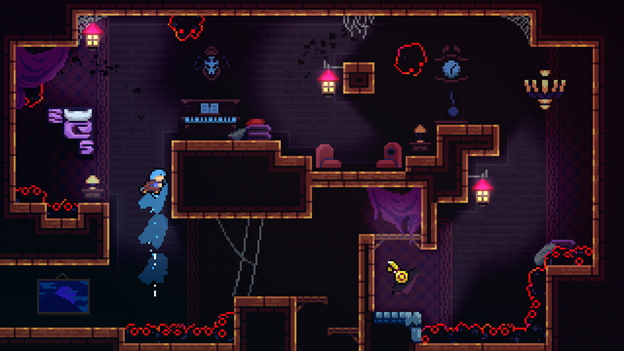
Oh, THAT’S where it was
With that being said, the feeling of finally summiting Mount Celeste after 12 hours of dying and reloading wasn’t diminished by any of these small issues. The game’s final level serves as something of a lightning round, re-using the mechanics of each previous level in order to let the player feel just how far they’ve come along with Madeline on her journey. On the last few screens, as the music faded out and the jumps become easier until the flag atop the summit revealed itself, I felt a tangible sense of accomplishment that has been rare for me in gaming. Maybe I was just glad I got to stop dying. But I think it was a lot more than that.
Verdict: Recommend
Reviewed on Switch


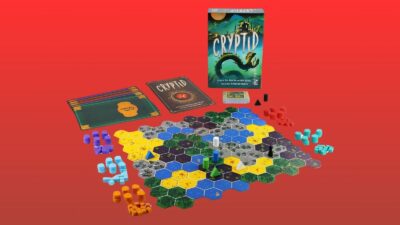
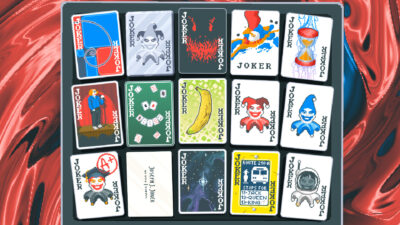
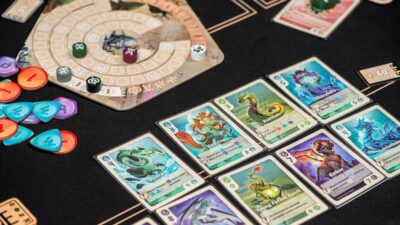
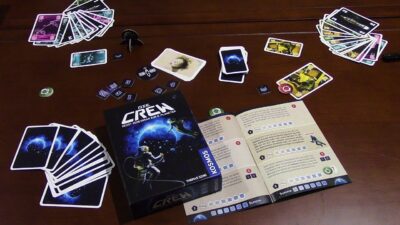
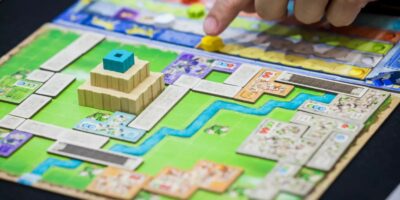









Stunning insight, real glad I read this.